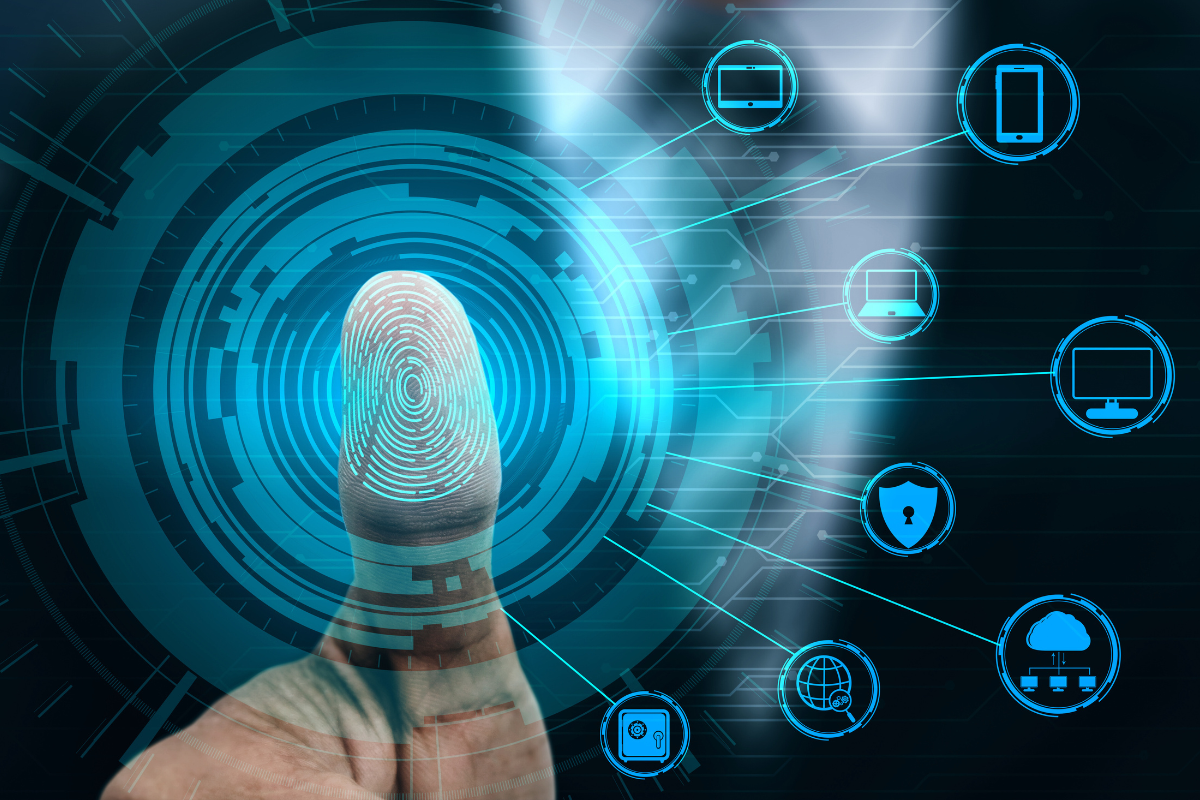Keeping digital assets secure has become a top priority for users as they continue to grow in popularity. Although cryptocurrencies are built on secure blockchain technology, they are still vulnerable to theft or hacking.
With the rise of crypto wallets, protecting them is more critical than ever. Biometric authentication offers a new layer of security to keep digital assets safe. Whether using fingerprints, retina scans, or facial recognition, biometrics have made managing crypto wallets more secure and user-friendly. It is the future of safeguarding cryptocurrencies.
The Need for Enhanced Security in Crypto Wallets
Cryptocurrency platforms like Bybit App Download are the primary means users access and manage their digital assets. From managing Bitcoin and Ethereum to other altcoins, these wallets hold significant financial value.
Unfortunately, this makes them prime targets for hackers. Although commonly used, traditional passwords are no longer sufficient to protect sensitive information.
People often reuse or choose weak passwords. Even strong passwords can be compromised through phishing attacks or malware. As a result, more advanced methods of securing crypto wallets have emerged, and biometric authentication is one of the most promising.
What is Biometric Authentication?
Biometric authentication is a security process that verifies a person’s identity based on unique biological traits. It includes fingerprints, facial recognition, retina scans, and voice patterns.
Unlike passwords, which can be forgotten or stolen, biometric data is intrinsic to the user, making it extremely difficult for hackers to replicate.
With biometric authentication, crypto wallet security becomes more robust because access is tied directly to the wallet owner’s physical attributes. It eliminates the risk of unauthorized access due to compromised passwords or security tokens.
Benefits of Biometric Authentication for Crypto Wallets
1. Enhanced Security
Biometrics provide a higher level of security compared to traditional methods. Since your fingerprint or retina is unique, it’s nearly impossible for someone else to access your wallet.
Even if someone tries to use your phone or computer, they won’t be able to unlock the crypto wallet without the proper biometric data.
2. Convenience
Unlike passwords or PINs, which can be forgotten, biometric authentication is quick and easy. A fingerprint scan or facial recognition can unlock your crypto wallet in seconds. There’s no need to remember complex passwords or carry hardware tokens for multi-factor authentication.
3. Resistance to Phishing Attacks
Phishing attacks are one of the most common ways hackers obtain sensitive information. These attacks trick users into revealing their login credentials through fake websites or emails.
Biometric authentication eliminates this risk because physical data like fingerprints or facial scans can’t be phished or duplicated.
4. No Risk of Losing Keys or Passwords
One of the main concerns with crypto wallets is the possibility of losing the private keys or passwords needed to access the wallet. With biometric authentication, there’s no risk of losing or forgetting these keys since the access is tied directly to the user’s physical traits.
Types of Biometric Authentication
Several types of biometric methods can be used to secure crypto wallets:
1. Fingerprint Scanning
Fingerprint scanning is one of the most commonly used forms of biometric security. It captures a digital image of the user’s fingerprint and compares it to a stored template. This method is highly secure and widely available, as most smartphones and tablets have fingerprint scanners.
2. Facial Recognition
Facial recognition technology uses a camera to map the unique features of a person’s face. It then compares the live scan with a saved template to verify the user’s identity. This technology is becoming more popular in smartphones, making it a convenient option for securing crypto wallets.
3. Retina Scanning
Retina scanning is a more advanced biometric method that analyzes the unique pattern of blood vessels in the retina. While this technology is less standard than fingerprint or facial recognition, it offers an extremely high level of security because it’s nearly impossible to duplicate a person’s retinal pattern.
4. Voice Recognition
Voice recognition technology verifies a user’s identity based on their vocal patterns. Although this method is less common for crypto wallet security, it can still provide an additional layer of protection.
Implementing Biometric Authentication in Crypto Wallets
Several crypto wallet providers are beginning to incorporate biometric authentication into their platforms. This move is part of a broader trend toward improving security while maintaining user convenience. For example, many mobile wallets now support fingerprint or facial recognition as an additional security layer.
Even desktop-based crypto wallets are starting to adopt this technology by integrating with devices that have biometric capabilities, such as fingerprint readers or cameras for facial recognition. As this technology becomes more widespread, biometric authentication is expected to soon become the norm for securing digital assets.
Challenges and Considerations
While biometric authentication offers numerous advantages, there are also challenges to consider. One primary concern is the potential for biometric data breaches. Unlike passwords, which can be reset, biometric data is permanent. If a hacker gains access to this data, it could lead to long-term security issues.
Additionally, biometric systems can sometimes produce false positives or false negatives. Although these cases are rare, they could potentially lock out a legitimate user or allow unauthorized access.
For this reason, it’s essential to use biometrics alongside other security measures, such as multi-factor authentication, to ensure the highest level of protection.
Conclusion
Biometric authentication is revolutionizing the way we secure crypto wallets. By verifying users based on their unique physical traits, it provides a safer and more convenient way to protect digital assets. While there are still some challenges to overcome, this advanced technology will likely shape the future of cryptocurrency security.
By integrating biometric methods like fingerprint scans and facial recognition, users can enjoy peace of mind knowing that their crypto wallets are safe from hackers. Biometric authentication is worth considering if you’re looking for a more secure and convenient way to manage your digital assets.



Be First to Comment